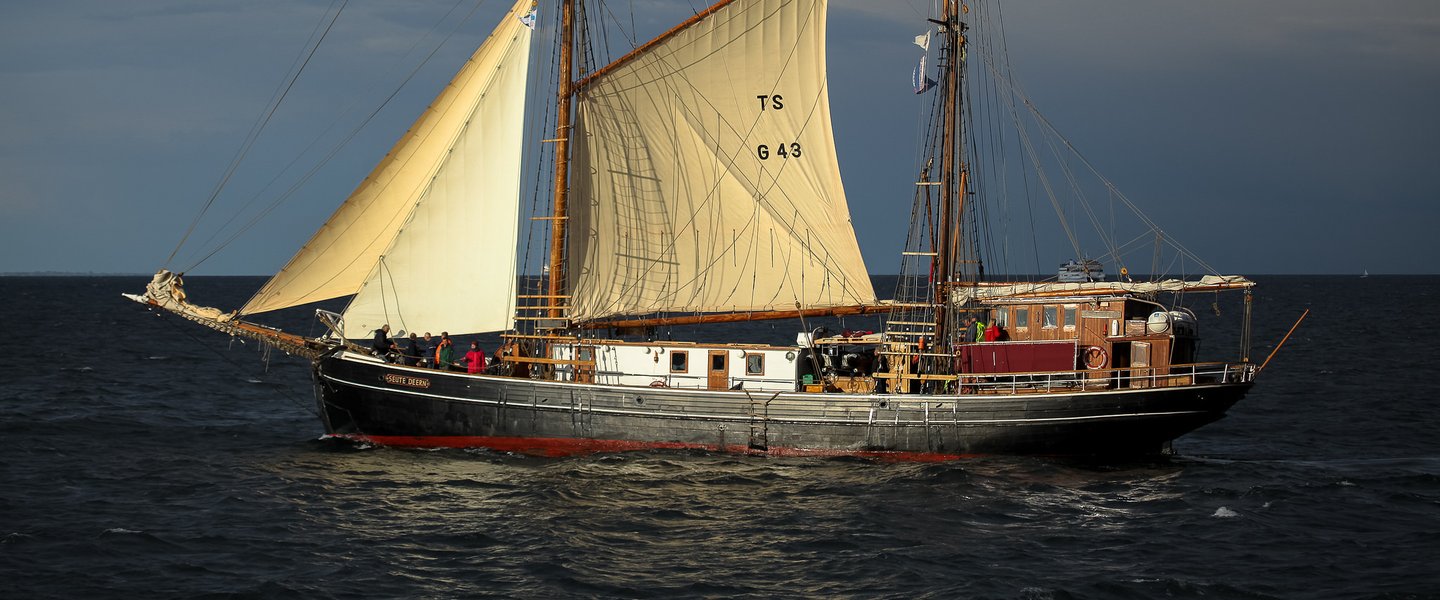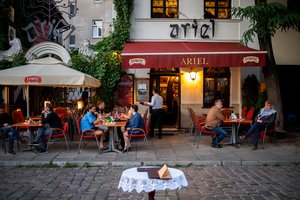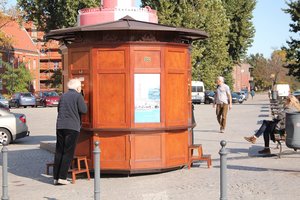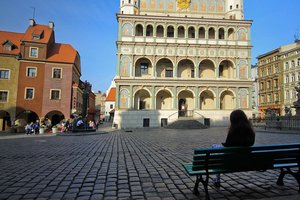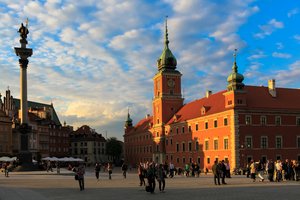Welcome to a virtual open-air museum of shipwrecks
There is no need to dive to the depths of the Baltic Sea to discover the diverse wrecks at the bottom of the Gulf of Gdansk. Archaeologists at the National Maritime Museum in Gdansk have transplanted them to the virtual world, making them accessible via computers and smartphones.
Hard work by daring divers, thousands of underwater images and the computing power of powerful computers has helped create a unique museum whose exhibits are still perched on the seabed. The “Virtual Museum of Wrecks in the Gulf of Gdańsk" has been designated as a new branch of the National Maritime Museum (NMM) in Gdańsk.
The recently opened interactive exhibition allows visitors to take a virtual tour of the seabed, for example to see the remains of the “Solen”, a Swedish battleship that sank on 28 November 1627 during the Battle of Oliwa, a skirmish at the entrance of Gdansk harbour.
Quite a lot remained, in fact. Scientists at the NNM excavated over 6,000 historical objects from the “Solen”, including 20 bronze cannons and numerous silver coins, dating back to 1591-1627. Looking at the seabed one can clearly see plating boards made of oak wood, the arrangement and sealing of which is proof that the ship was a galleon built as a caravel.
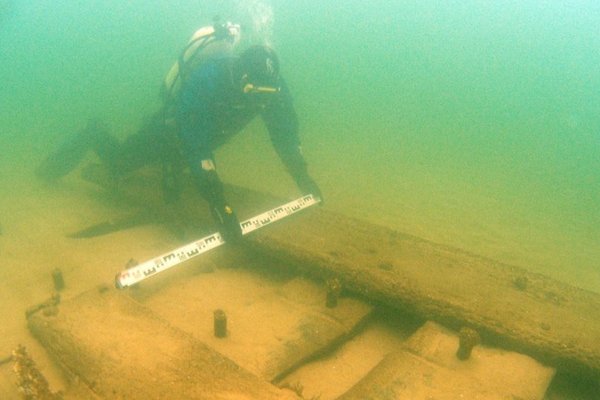 “The Baltic waters preserve wood perfectly. This is due to the low water temperatures, low salinity, weak oxygenation and, above all, the absence of naval shipworm feeding on cellulose, characteristic for warm seas,” Marcin Jamkowski, a diver, filmmaker and member of the The Explorers Club told Poland.pl.
“The Baltic waters preserve wood perfectly. This is due to the low water temperatures, low salinity, weak oxygenation and, above all, the absence of naval shipworm feeding on cellulose, characteristic for warm seas,” Marcin Jamkowski, a diver, filmmaker and member of the The Explorers Club told Poland.pl.
“Solen is one of six shipwrecks that can be admired in the virtual open-air museum. The others include: a sailing ship from the eighteenth century, with a cargo of ceramics aboard, a nineteenth-century“Głazik”(rock wreck) whose name derives from a load of rock pieces which were probably meant to be part of coastal fortifications at the entrance to the Gdańsk harbor, as well as a “Porcelanowiec” (a vessel carrying cargos of porcelain) which sank at the turn of the eighteenth and nineteenth centuries.
By the end of 2016, another seven exhibits are to be introduced. To this end, each wreck must be thoroughly documented using the method developed by a team of underwater archaeologists at the NMM, headed by Dr. Tomasz Bednarz.
“The method which we have developed to create 3D photogrammetric models is adapted to the harsh conditions prevailing in the Baltic Sea,” Dr. Tomasz Bednarz told Polska.pl.
“Despite imperfect lighting and insufficient water clarity, our method makes it possible to take high-quality photographs whose sequence allows for developing a 3D model of the wreck,” he said.
The scientist explains that visibility in water is sometimes limited to merely two or three meters, and this is how the wreck is seen by divers documenting the exhibit. In order to see the whole wreck, as is possible on the website of the Virtual Open-Air Museum of Wrecks, archaeologists have to use high-quality cameras and special lighting. Then the results of their work are processed by the computer to create a sequence in a 3D model using SfM (Structure from Motion) software. To introduce the six exhibits at the “Virtual Museum of Wrecks of the Gulf of Gdańsk” the scientists took more than 60,000 photographs.
“Documenting an object which is 20 meters or longer, we have a tolerance of up to one meter, which – given such difficult conditions – provides for quite high accuracy,” added Dr. Bednarz.
The underwater exhibition can be seen on smartphones in addition to computers.The Museum plans to make this part of its exhibition available also in a form enabling its viewing using virtual reality goggles. Thus, pretty soon, we will be able to look around the seabed of the Gulf of Gdańsk using, OculusRift equipment. This will make viewers feel as if they were there, in the underwater world.
Aleksandra Stanisławska
15.04.2016
